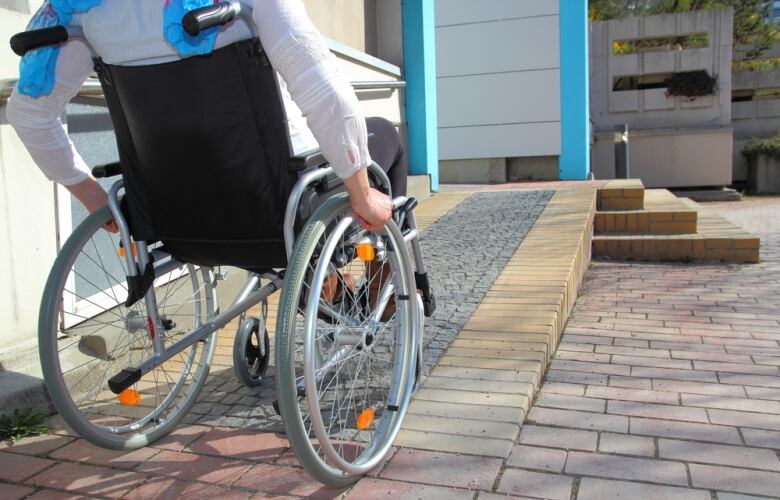A recently-released Statistics Canada study of evicted tenants found that disabled people are overrepresented among recent evictees.
The study, released Friday, also found that no-fault evictions — including an owner moving into the unit, selling the unit, or performing major renovations — are the most common reason for a tenancy to be terminated across the country.
Multiple studies have previously shown that B.C. leads the country in no-fault evictions, with Metro Vancouver previously being named the eviction capital of Canada.
However, the study’s finding that disabled people were overrepresented among evictees has one disabled policy analyst asking for accessibility to be put front and centre when it comes to building new affordable housing.
Data for the study was collected through the Canadian Social Survey, a voluntary survey that sampled over 20,000 households across the country at multiple points in 2023.
It found that around three per cent of renters had experienced an eviction in the preceding 12 months, which represented one per cent of all Canadians — though the study cautions that the small sample size means statistics about the reason for eviction should be used with caution.
“Among evictees, nearly six in 10 (59 per cent) were between the ages of 25 and 44, with over one-third (34 per cent) being between the ages of 25 and 34,” Statistics Canada says in a statement. “This may be expected due to younger adults being more likely to rent than own.”
Within the sample of evictees, the agency says 28 per cent reported having a disability — more than double the proportion of self-identified disabled people within the total survey population.
Gabrielle Peters, a disabled writer and policy analyst, says she was not surprised to see the results of the study, and that it reflects decades of social policy toward poor disabled people.
“We have a highly individualistic, consumerist approach to disability,” she told CBC News. “The representation and understanding of disability is white and middle class.
“This statistic, this is more the reality of Canadian disability — being evicted.”

Peters says accessible housing needs to be a key consideration when politicians talk about affordable housing, and that there are very few options for a disabled person who is evicted from their home.
“You might not be able to get an accessible shelter space because they don’t exist,” she said, adding that couch surfing is also often not an option for disabled people.
Peters says all new homes should be accessible by default, and adaptable for a person’s needs.
“We talk about aging in place for homeowners, but we don’t talk about that for renters,” she said. “People have an injury or an illness or just age — and, all of a sudden, they’re in a housing crisis.”
In addition to the findings around disability and no-fault eviction rates, the Statistics Canada study also found that evictees were more likely to report poor mental health compared to the total population.
While no-fault evictions were the most common reason for a tenancy to end, the tenant having difficulty paying rent was the second-most common reason for an eviction.



